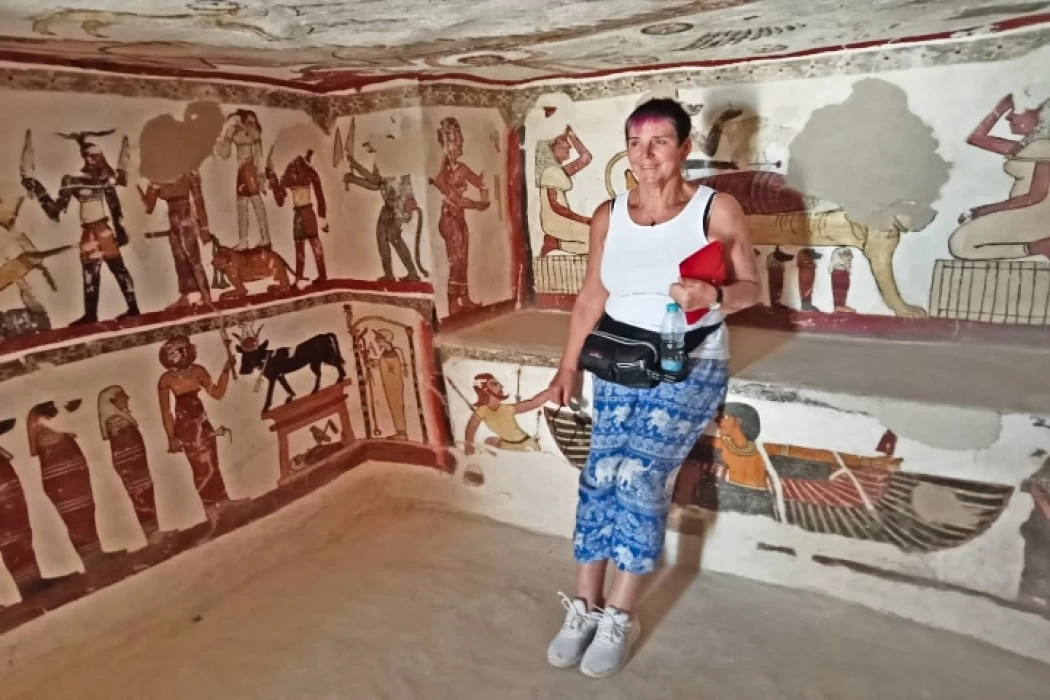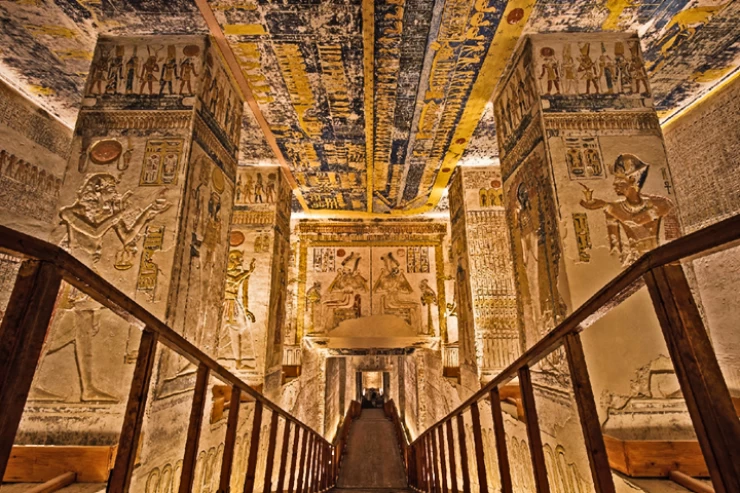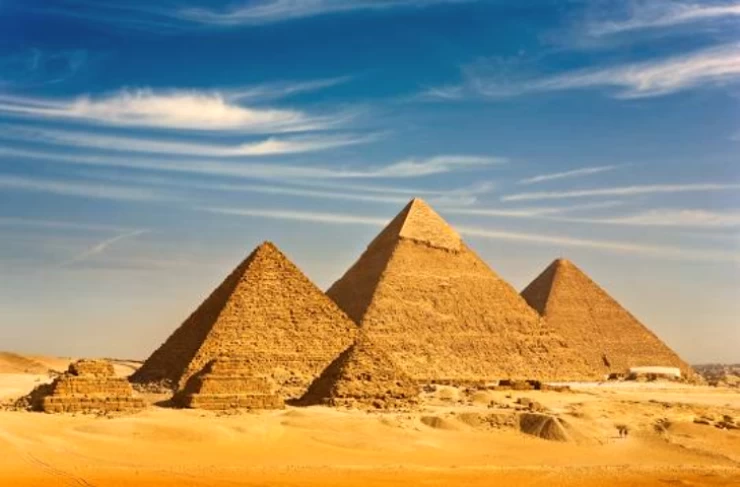
Al-Muzawaka tombs in Dakhla Oasis
Al-Muzawaka tombs in Dakhla Oasis
The governorate is rich in many archaeological sites from different periods, including the ancient burial grounds of Al-Muzawaka locations situated about 5km from the village of Al-Qasr and over 37km from (Mut) city of the Dakhla Center. Al-Muzawaka is the Roman tomb of the second century AD and features colorful paintings together with vivid religious motifs that depict both Egyptian and Roman gods.
The tombs of Al-Muzawaka take their name from the bright colors and painted motifs on their walls which are in sharp contrast with the typical geometric designs on the walls of the tombs. These drawings, as well as the bright colors that these drawings are painted in, combine Pharaonic and Roman arts and beliefs, and this is what makes Al-Muzawaka tombs significant attraction.
The tombs of Al-Muzawaka are carved into the rock and have bright inscriptions representing the bounty of the oases, including the god of agriculture, the god of water, barley farms, palm trees, birds, mummification, accountability and punishment, pointing out that it was discovered in 1973 by Dr. Ahmed Fakhry and has two tombs for two people, one of them Badi Osir and the other Badi Bastet, indicating that the tombs of Al-Al-Muzawaka have archaeological value different from other archaeological areas.
The area has two tombs carved into the child, which are located in the first third of the hill, which is 20 meters above the ground, and the abovementioned structures exhibit tombs which are of the Roman period within the beginning of the first century AD era.
The American mission visited this area, which confirmed that Badi Uzair was a priest in the temple of Thoth in the ancient city of Al-Amhida, and this indicates that the tombs of Al-Muzawaka and Al-Amhida coincided in one era (the Roman era), as Al-Amhida was the residential city and the tombs were to the west of it in Al-Muzawaka.
The tombs of Al-Muzawaka are important archaeological tombs on which funerary drawings were painted that combined Egyptian and Roman beliefs and scenes representing the process of mummification, celestial constellations, the bounty of the oases, the wheat harvest season, and many ancient Egyptian and Roman idols.


















